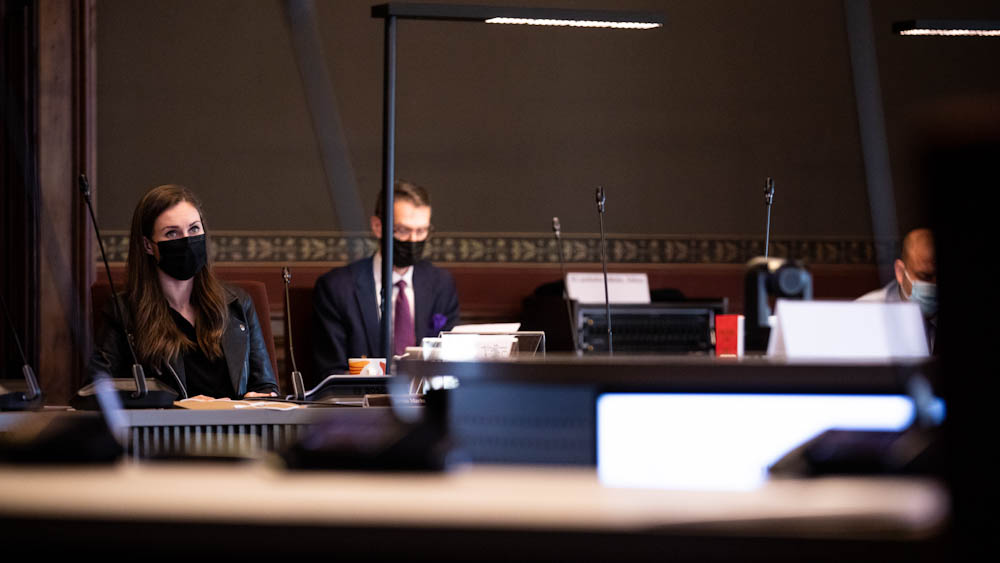Government adopts revised hybrid strategy

In its negotiations on 6 September, the Government decided on measures to open up Finland and lift the restrictions imposed due to the COVID-19 pandemic. The Government aims to dismantle the nationwide restrictions and comprehensive recommendations when at least 80 per cent of people over 12 years of age have been vaccinated twice or they have been offered the opportunity to get vaccinated twice. The implementation of the revised hybrid strategy will begin in stages even earlier.
The Government will issue a resolution on an action plan implementing the revised hybrid strategy at the government plenary session on Thursday 9 September. Restrictive measures can be lifted proactively even before reaching the target vaccination coverage.
The objective of the revised hybrid strategy to manage the COVID-19 crisis is to reopen society, promote measures to keep it open, support post-epidemic management and create conditions for economic growth and reconstruction. Moreover, the strategy aims to avoid negative social and economic consequences, to safeguard healthcare system capacity and to protect risk groups and vulnerable groups.
A vaccination coverage of 80 per cent of all people over 12 years of age can be reached by mid-October, according to estimates at the turn of August and September.
Phases of the epidemic will be discontinued and a uniform regional model will be introduced
The action plan aims to support the Regional State Administrative Agencies and municipalities in assessing the proportionality and necessity of their decision-making. It aims to avoid overburdening the healthcare system and prevent uncontrolled spread of the epidemic. Another objective is to guide and direct work to achieve a high level of vaccine uptake.
The regional phases of the epidemic will be abandoned and the related recommendations will be dismantled. All regions will adopt a uniform model for managing the COVID-19 epidemic, and further spread of the epidemic will be prevented primarily through local and regional measures under the Communicable Diseases Act. The measures will be more limited in terms of their target, content, duration and geographical scope. Any restrictions should treat different sectors as equitably as possible in terms of risks.
As a rule, there will be no restrictions on any activities in society. Even if there were clusters of infection in the area, the recommendation is that no restrictions should be imposed on low-risk events and activities. Targeted recommendations can be introduced for moderate-risk events and activities. Targeted and carefully selected restrictions are recommended only for high-risk activities. These should be based on administrative decisions as a response to local special situations. The primacy of the best interests of the child will continue to be implemented in all decision-making.
The Government is currently preparing the introduction of a COVID-19 passport. Its purpose and intended use would be partly parallel and complementary to the risk-based restrictions. Anyone subject to restrictions could choose to use the COVID-19 passport and thereby avoid the restrictions.
The action plan includes a national emergency brake mechanism that could be adopted in situations where the epidemic suddenly and rapidly deteriorates and where regional measures are no longer sufficient to curb the spread of infections. In such cases, more extensive nationwide measures would be reintroduced.
Inquiries: Taneli Puumalainen, Director General, [email protected], Liisa-Maria Voipio-Pulkki, Director of Strategic Affairs, [email protected] and Pasi Pohjola, Director, [email protected], Ministry of Social Affairs and Health